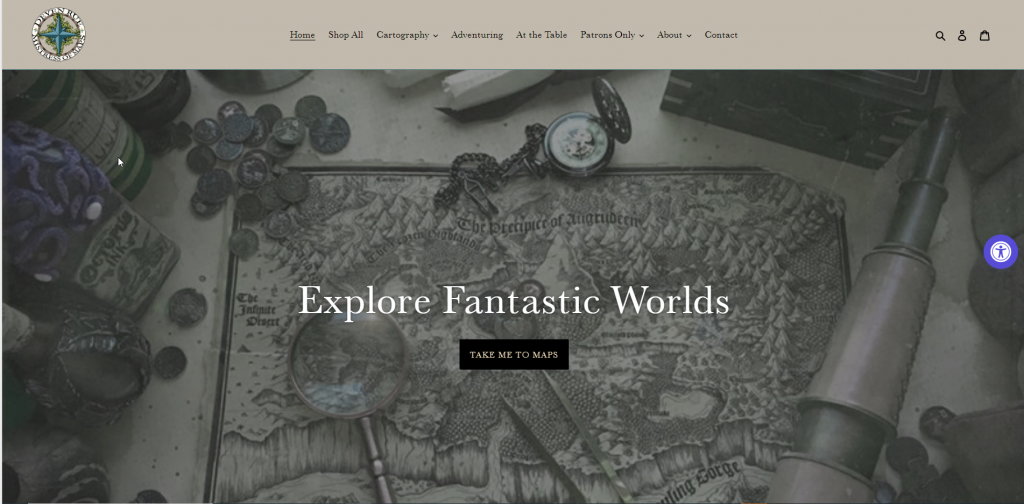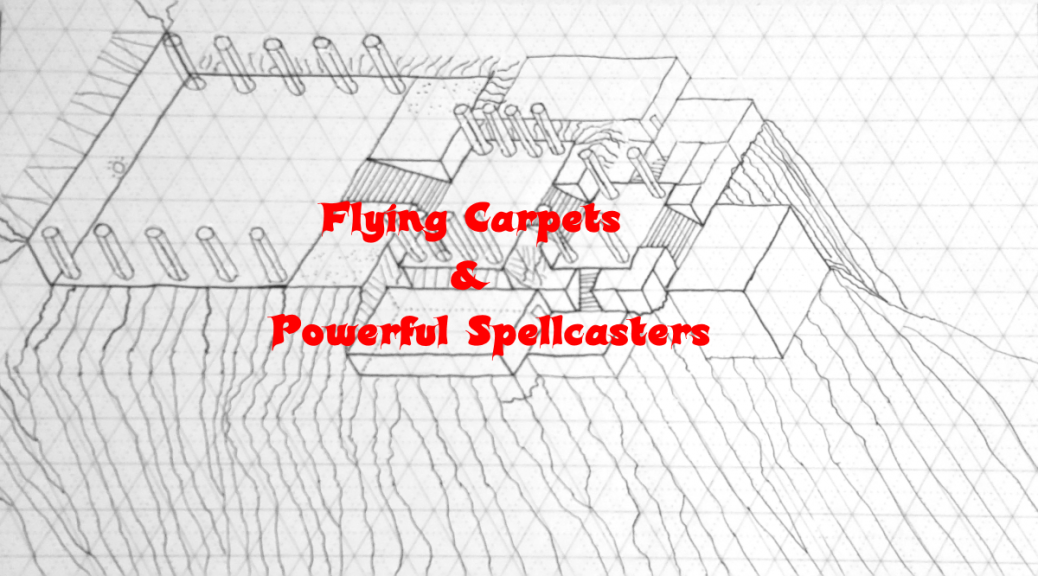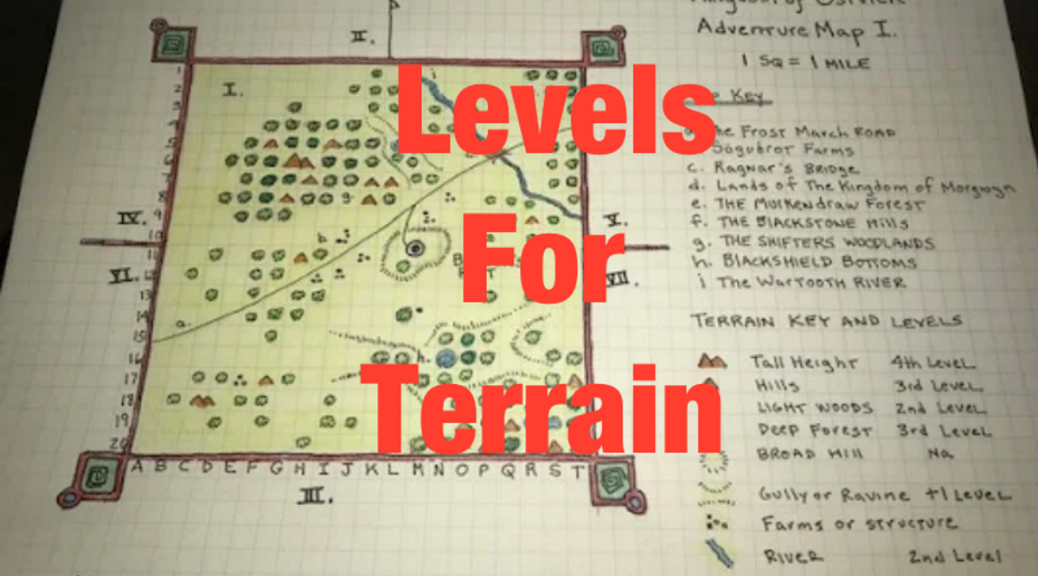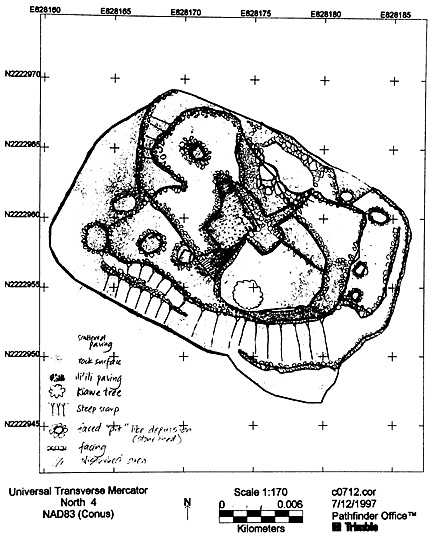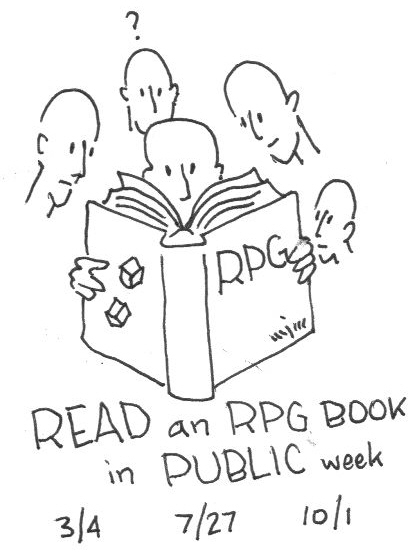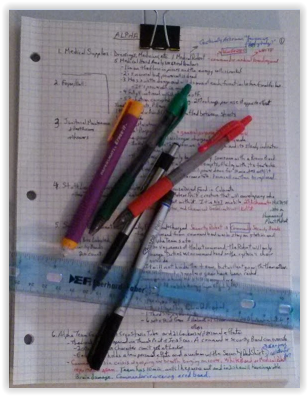Friday night, from 8:00 to Midnight, EDT, I ran my first online game using Roll20 and Google Hangouts.
I have played over 330 hours using Roll20 and Hangouts. I have also run games of AD&D 1st Edition, Metamorphosis Alpha, Gamma World, and others. As with anything, the first time you encounter all the things you don’t know and try to make sense of it based on what you already know.
I am very much a visual learner. What is easy to pick up on with body language in a face to face game is lost online. While I used a Google Hangout, it was audio only. This was to minimize the number of windows on which I had to focus. This led to my biggest shortcoming as a GM online, missing the visual queues for player involvement. I realized after one player dropped out that I really need a player turn tracker that is implemented fairly and consistently so that each player has an equal share of time.
Two of my players in this session of six players were new to both RPG’s and online play of RPG’s. I was not as sensitive as I should be to their newness to the hobby and this method of play.
This session was a play test of a scenario that I developed for convention play for Metamorphosis Alpha at UCon in November, as I mentioned a few days ago. While I have pre-gens for the scenario, I did not enter them into Roll20. Instead, I let my players generate their characters to give them a sense of ownership. I had a short session with each player to generate their character, and make sure that the technical aspect of using Roll20 and Google Hangouts were worked out before the game. I think this helped with player buy-in, as well as helped us get a head start on building that initial acquaintance ahead of the session.
I learned from play that I crammed too much into the beginning of my scenario, and need to streamline things for the fast style of play that occurs in a convention game. I took a lot of short notes about different things to keep track of what worked or did not and what needs polish, revision, or removal.
At the end of the game, I solicited feedback, and there is interest in continuing the scenario. In addition to Roll20, I created a private G+ Community for my Metamorphosis Alpha campaign. After the game, I created a poll, based on initial post game comments, to get an idea of when the group would like to play again. Most said that they would love to play next week. That is a great mood booster!
I had a blast! The players had buy-in to the scenario right away, and were engaged. I had a lot of hooks to get everyone involved from the start, with random rolls to mix things up, so that no two players would have the same story. I won’t go into detail, as I am running a second group through the scenario Saturday night. The second group are part of the gang from the Wednesday night AD&D Roll20 game I play in. It will be fun to interact with them in a different way and to see how our DM is as a player.
I was disappointed in myself for letting a couple of players sit quiet for a long time. It is the DM’s job to make sure each player is engaged. With an online game, it is especially important, since it is all too easy for one player to talk over other’s. It is the limit of the technology. I could set up one computer to display the hangout and watch which icons indicate who is speaking, but I find that I focus so much on the rolls, and my notes and maps, that I can’t even keep up with the chat comments players made.
I don’t feel too bad about missing side chats the players had going in chat right in front of me. It is that way in in-person games, but those more easily grab one’s attention. The solution is a system that allows each player a chance to speak. So whether I go by dexterity order, name order, order they show up on the screen, etc. It needs to be done fairly and consistently.
In addition to the poll for when to play again, I also put up a post on the campaign’s G+ community soliciting constructive criticism of my GMing of the session. I pointed out what I knew I needed to do better and what I felt I did well. I invited each player to contact me privately, if they so desired.
One player wrote publicly in response to my solicitation of feedback, “Well said! I can already tell that you are a GM/DM that I would recommend to anyone looking for a good old-school type of game. :)”
That comment alone is wonderful! I have a feeling of accomplishment. I can’t help but compare myself to other DM.s/GM’s. There are some that I feel are so good that I feel I can never be that good. But when I actually get to play and get into a zone where things are happening in a good way, I know that I am at least a decent DM. I think I will dare to say I am a good one.
I stress too much on needing to be prepared. It does not take much to have enough for four hours of play. Once players are put in the middle of a situation, they go off in directions one could never anticipate.
I think I set the expectations clearly up front. I pointed out that this was my first time running an RPG online, and that this was the first game of Metamorphosis Alpha that I had ran in over 30 years. I did not mean it as an excuse, just to let them know I had a lot of new going on. In the end, other than the time allotment issues for each player, I think I did very well.
I used the theater of the mind style. I had a map of an area and players placed their tokens to indicate who was where. We also used it for marching order. There was another map I had to show them a big picture of the situation, but I did not use all the bells and whistles of working with maps and tokens that Roll20 has to offer. I am a free user, but if I end up with a regular game, I will definitely come up with the money for a subscription.
Some of my players run games on Roll20 and were able to help me get settings right. That was most appreciated!
I learned a lot about the online tools I chose, my scenario and where it needs improvement, myself and my abilities as a GM, and where I need to focus my energies to improve. I can’t wait for next week when the players and I tune in to see what happens next!
